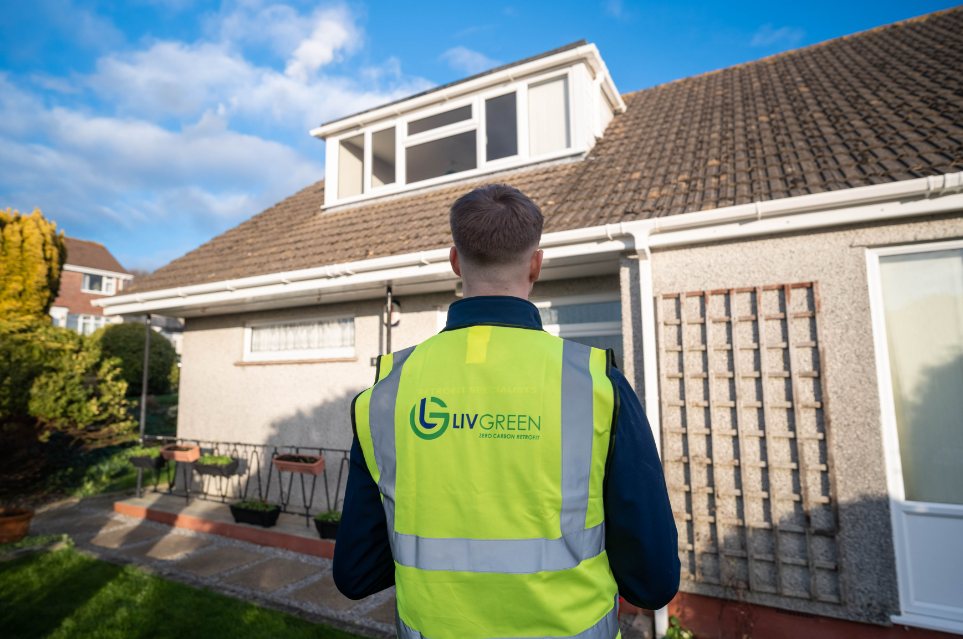
Fuel poverty remains a pressing issue in many social housing communities across the UK. The rising costs of energy, coupled with inefficient housing stock, leaves vulnerable residents struggling to keep their homes warm and comfortable. However, energy-efficient retrofitting initiatives offer a solution to tackle fuel poverty while also contributing to broader net zero goals. In this blog post, we will explore how energy-efficient retrofitting in social housing can address fuel poverty and improve the lives of residents.
Firstly, let’s get a better understanding of what fuel poverty is and what contributes to it. Fuel poverty occurs when households are unable to afford adequate heating and energy services to maintain a comfortable living environment. Fuel poverty is affected by three key factors: a household’s income, their fuel costs, and their energy consumption. This issue disproportionately affects low-income households, including many residents in social housing. Fuel poverty not only compromises the health and well-being of individuals but also exacerbates social inequality and energy consumption.
The Role of Energy-Efficient Retrofitting
Energy-efficient retrofitting involves upgrading existing buildings to reduce energy consumption and improve thermal performance. By implementing retrofit measures in social housing, we can address fuel poverty while making significant progress towards net zero targets. Here are some key benefits of energy-efficient retrofitting:
Lower energy bills: Retrofit measures such as insulation, double glazing, and energy-efficient heating systems significantly reduce energy consumption. As a result, residents experience lower energy bills, alleviating the burden of fuel poverty.
Improved thermal comfort: Energy-efficient retrofits enhance the insulation and airtightness of buildings, reducing heat loss and drafts. This creates a more comfortable and consistent indoor temperature for residents throughout the year.
Health and well-being benefits: Cold and damp homes can have detrimental effects on residents' health, particularly for vulnerable individuals. Retrofitting measures that address issues like dampness, mould, and poor indoor air quality can improve respiratory health and overall well-being.
Environmental impact: Energy-efficient retrofitting reduces greenhouse gas emissions associated with energy consumption. By lowering the carbon footprint of social housing, we contribute to the broader effort of mitigating climate change and achieving net zero goals.



.png)
Leave Your Comment Here